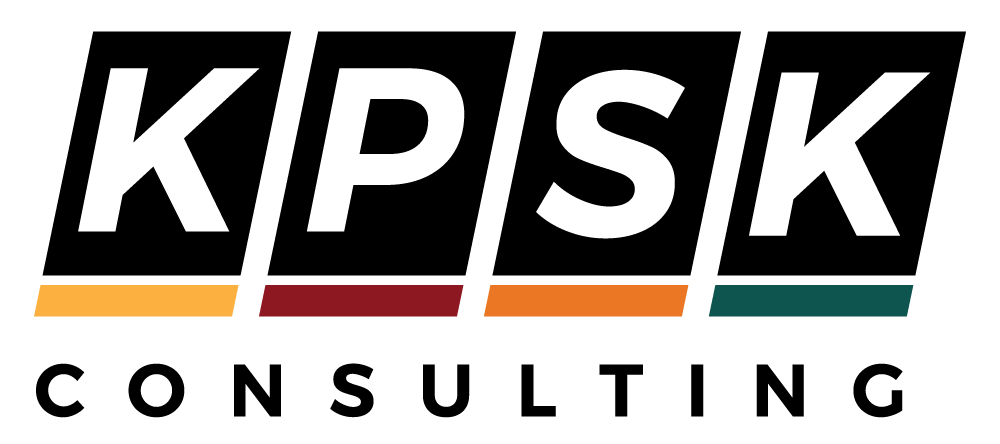CHICAGO – With the construction season in full swing, the U.S. Department of Labor’s Occupational Safety and Health Administration and more than 10,000 voluntary employee members of the Associated General Contractors of Chicagoland are working together to protect industry workers from common hazards and avoid adding to the hundreds of thousands of U.S. workers injured, some fatally, each year.
On August 1, OSHA and the AGC of Chicagoland renewed a safety and health alliance that strengthens their commitment to educate workers on the construction industry’s deadly four hazards – falls, electrical, struck-by and caught-in-between – and to raise awareness of the serious dangers of overexposure to respirable crystalline silica and hazards causing ergonomic injuries. The three-year renewal continues an alliance first signed in 2018.
“OSHA’s collaboration with the Associated General Contractors of Chicagoland allows us to share news about national safety and health campaigns and regional and local initiatives with thousands of construction workers in the area,” said OSHA Regional Administrator William Donovan in Chicago. “OSHA and the AGC seek to help employers prevent workplace fatalities, control or eliminate serious workplace hazards and establish a foundation on which an effective safety and health program exists during construction projects.”
The alliance will also promote workers’ rights in protecting their safety and health on the job, and helping them understand U.S. laws concerning the rights of workers and the responsibilities of employers and employees under the Occupational Safety and Health Act.
The Chicagoland AGC is the leading trade association serving the Chicagoland commercial construction industry. General contractor members range from large, national firms to smaller, specialized companies that build private and public projects worth more than $12 billion each year.
OSHA’s Alliance Program works with groups committed to worker safety and health to prevent workplace fatalities, injuries and illnesses. These groups include unions, consulates, trade or professional organizations, businesses, faith- and community-based organizations, and educational institutions. OSHA and the groups work together to develop compliance assistance tools and resources, share information with workers and employers, and educate workers and employers about their rights and responsibilities.
Learn more about OSHA.

